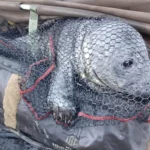Big cats, from lions in the African savannahs to snow leopards in the cold Himalayan ranges, are renowned for their powerful roars and majestic presence. However, beyond their auditory calls, these apex predators possess a complex system of silent communication. Despite being elusive, their non-verbal cues are as significant as their vocalizations. This article delves into the fascinating world of silent communication among big cats in the wild.
The Role of Body Language
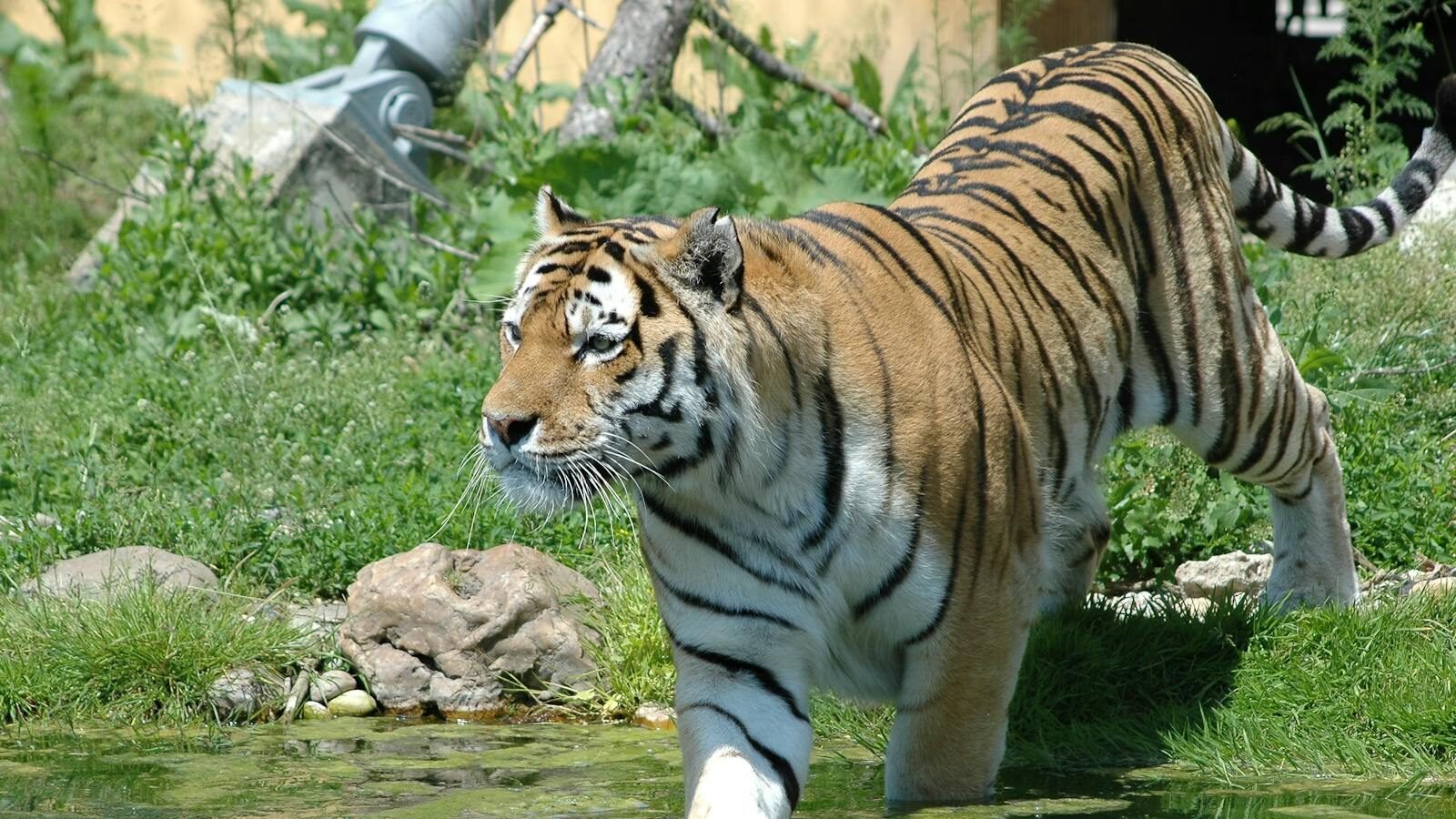
Body language is a pivotal aspect of how big cats communicate silently. Observations reveal that postures, tail positions, and movements can convey a wealth of information. For instance, a leopard’s subtle tail twitching might indicate irritation or focus, while a lion’s slow stalking strides signal hunting behavior. Understanding these cues is crucial for interpreting their interactions and responses.
Facial Expressions: Reading the Big Cat’s Face
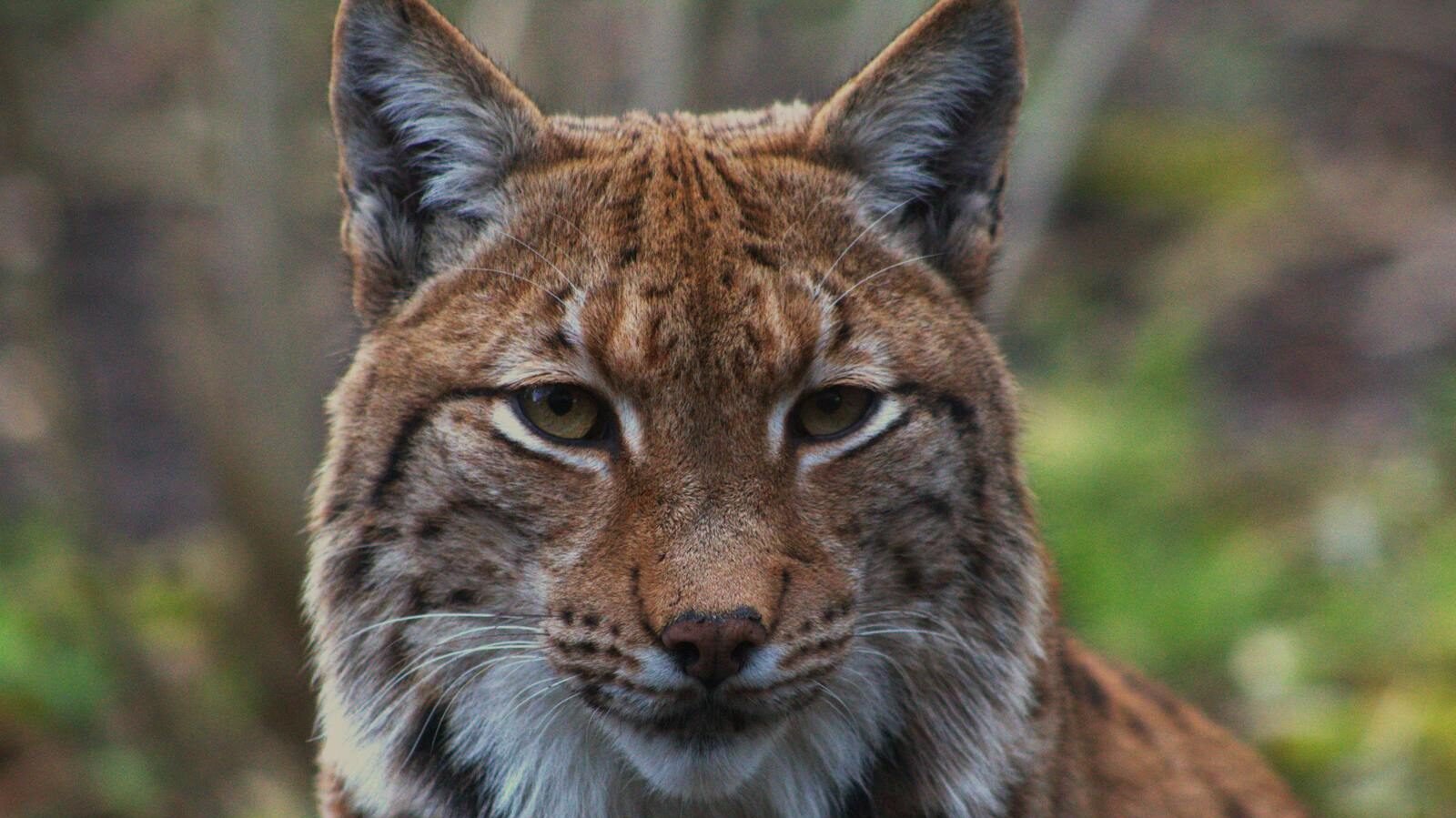
Photo by Martin Animals via pexels
Facial expressions in big cats can convey emotions such as aggression, submission, or calmness. A snarling leopard with bared teeth displays aggression or defense, while relaxed eyes and closed mouths suggest contentment or neutrality. These expressions provide insight into the big cats’ emotional states, aiding researchers in identifying their moods and intentions.
Role of Whiskers and Vibrissae
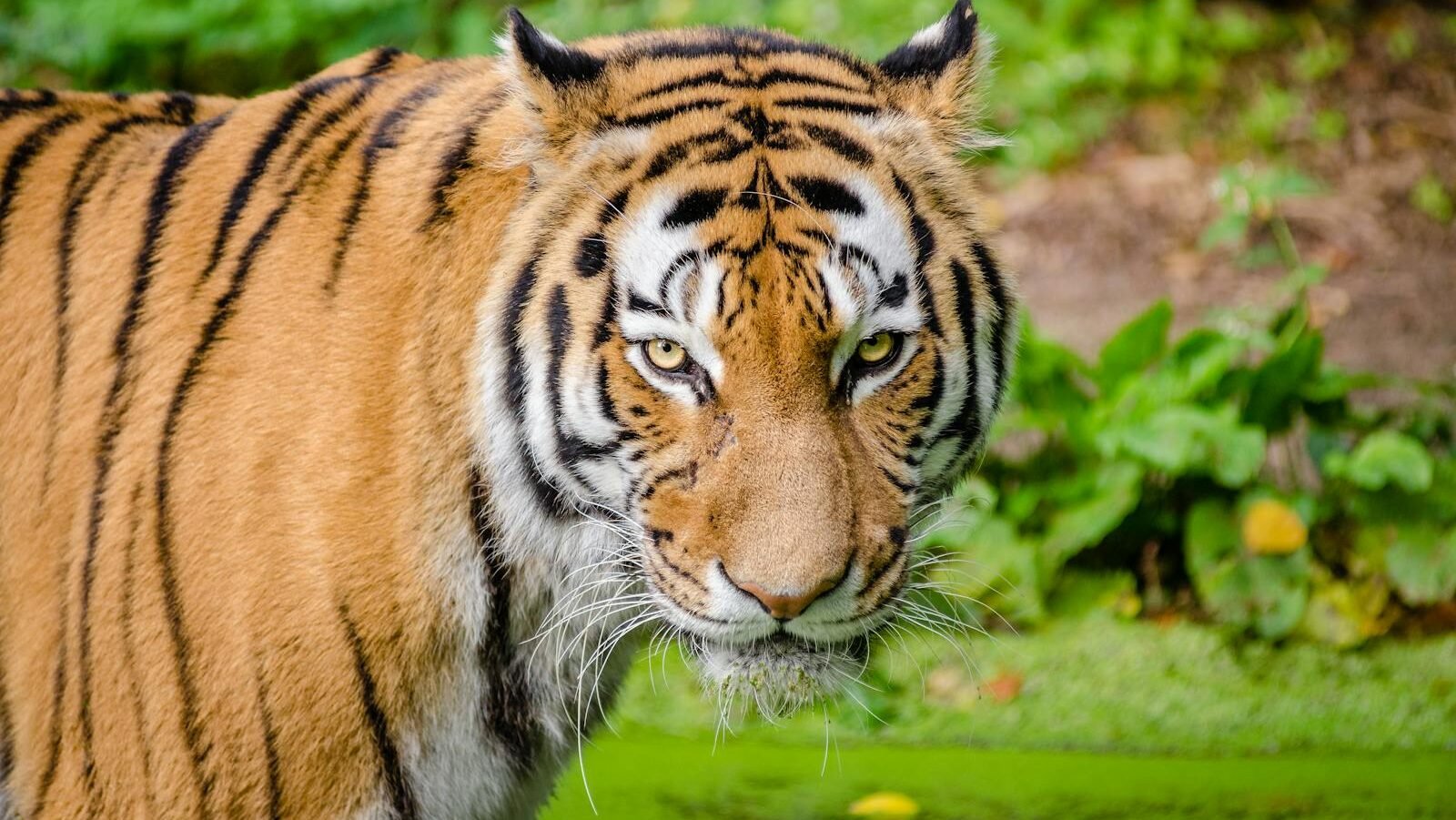
The whiskers of big cats, also known as vibrissae, play a significant role in their communication and sensory detection. Whisker positioning can indicate mood or interest; forward-erect whiskers might signal alertness or curiosity. Additionally, these specialized hairs assist in environmental sensing, helping cats navigate their surroundings and detect prey or threats.
Scent Marking: Communicating Through Odor
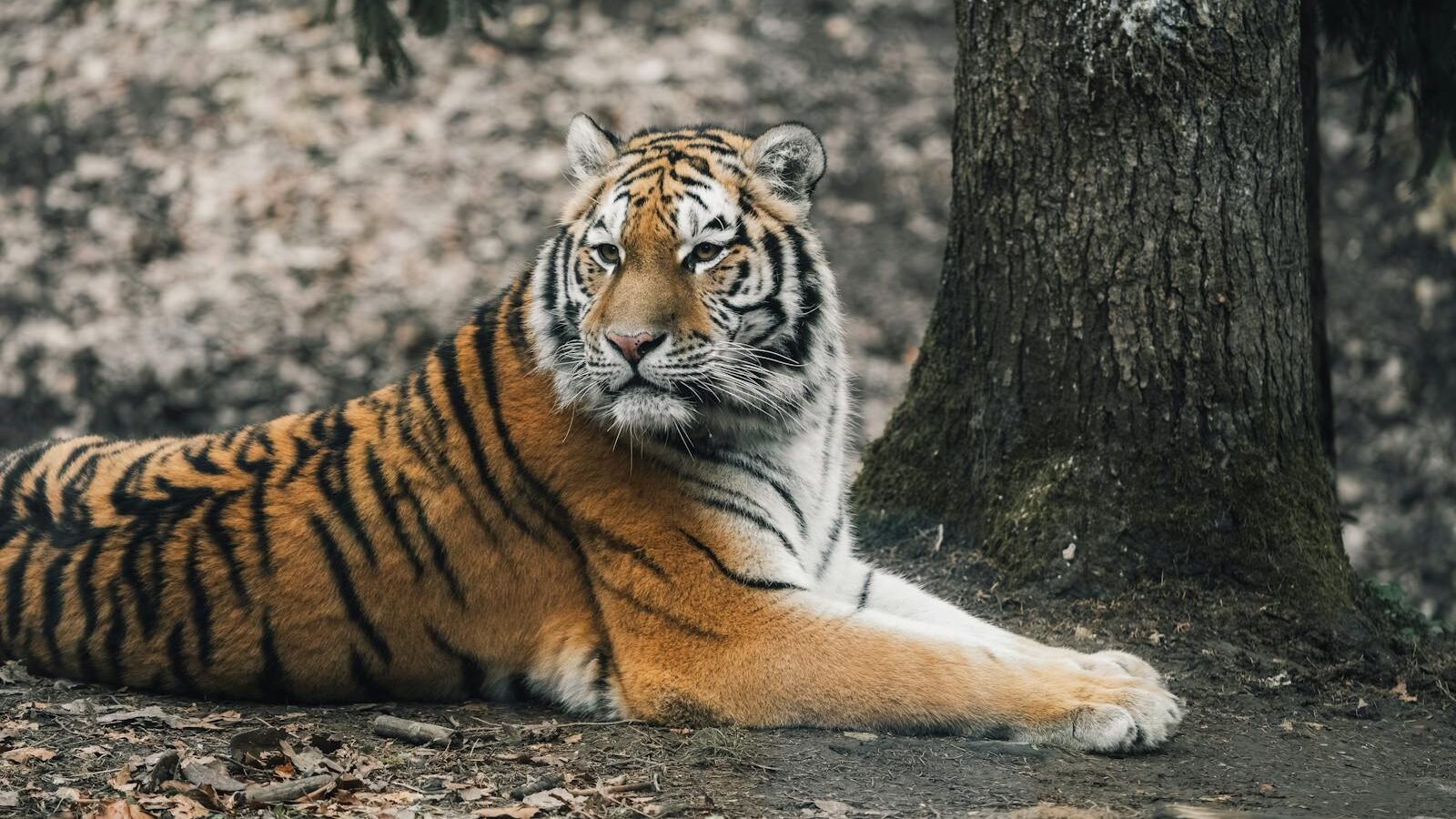
Big cats extensively use scent marking to communicate with others in their territory. They rub their cheeks, bodies, and even claws on surfaces, releasing pheromones that carry information about their identity, reproductive status, and territorial boundaries. This chemical communication helps maintain social structures and avoid direct conflicts.
Scratching and Claw Marking
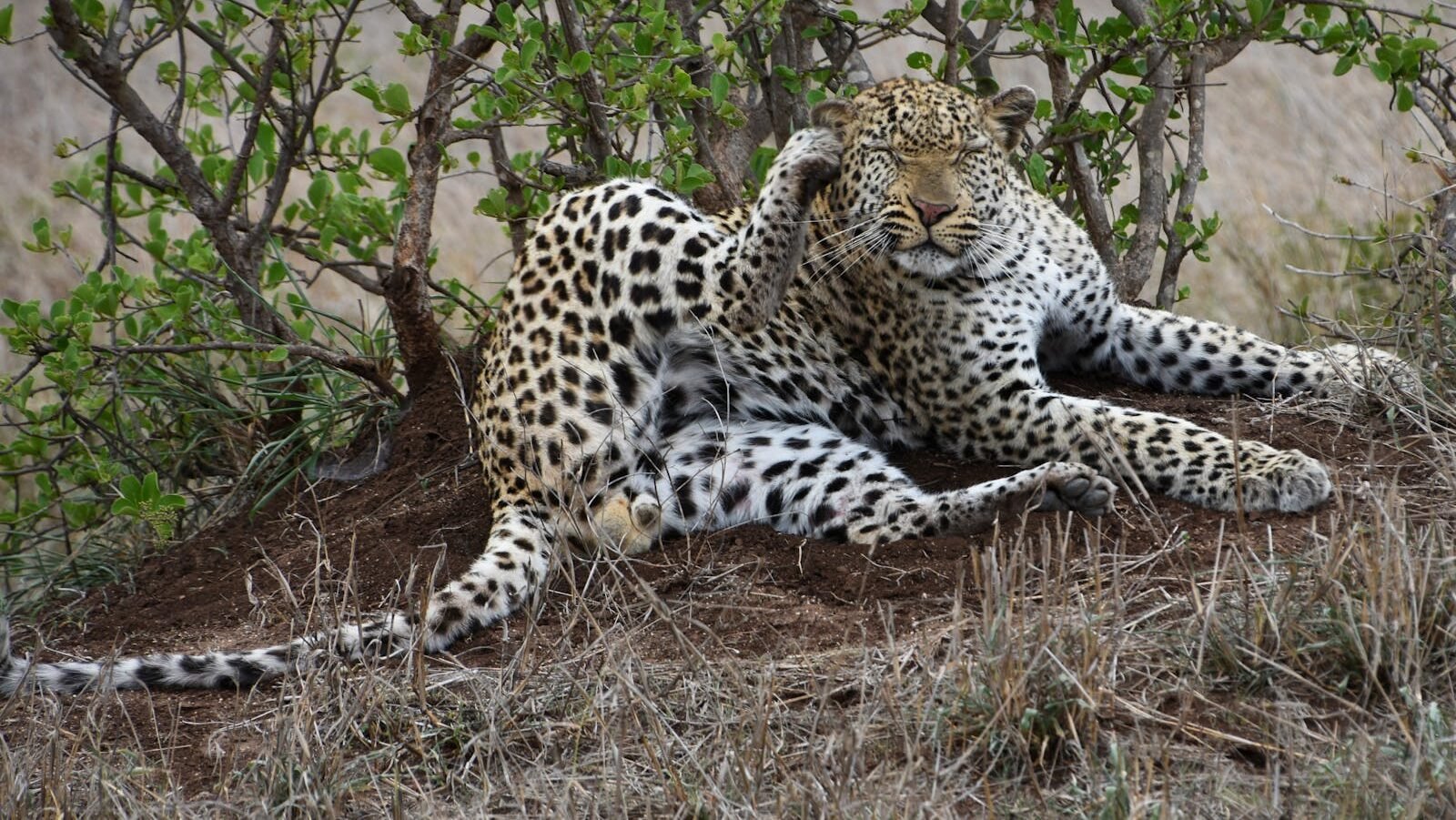
Scratching trees or the ground serves multiple purposes for big cats. It not only sharpens their claws but also leaves visual and olfactory markers. The combination of visual claw marks and scent traces left by glands in their paws sends clear messages to other cats about presence and territory. These signs help establish and maintain dominance in their habitats.
Tail Movements and Communication
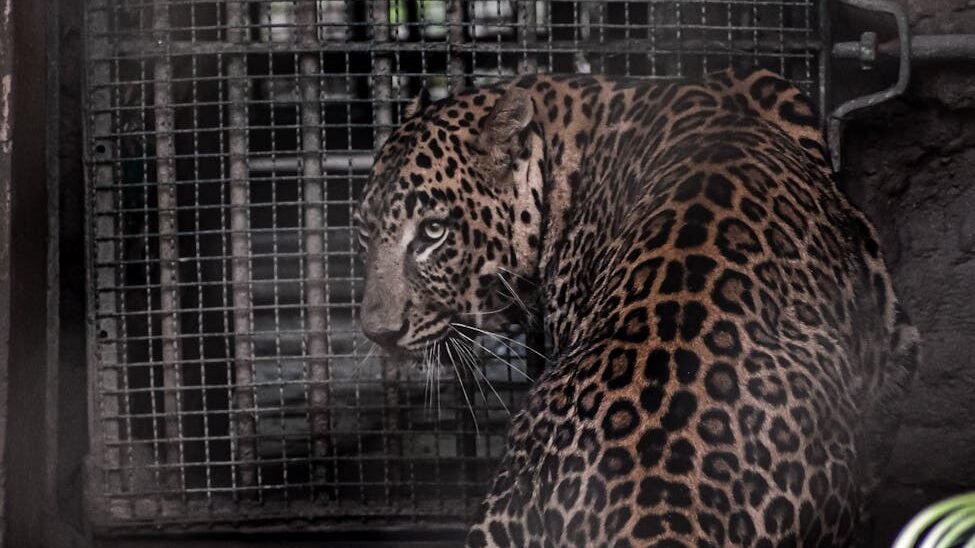
The tail of a big cat can be remarkably expressive. Various tail positions indicate different emotional states and intentions. A high tail might signal curiosity or excitement, while a low, tucked tail can convey fear or submission. By observing tail movements, one can infer the cat’s mood and reactions to its environment.
Subtle Vocalizations and Non-Auditory Sounds
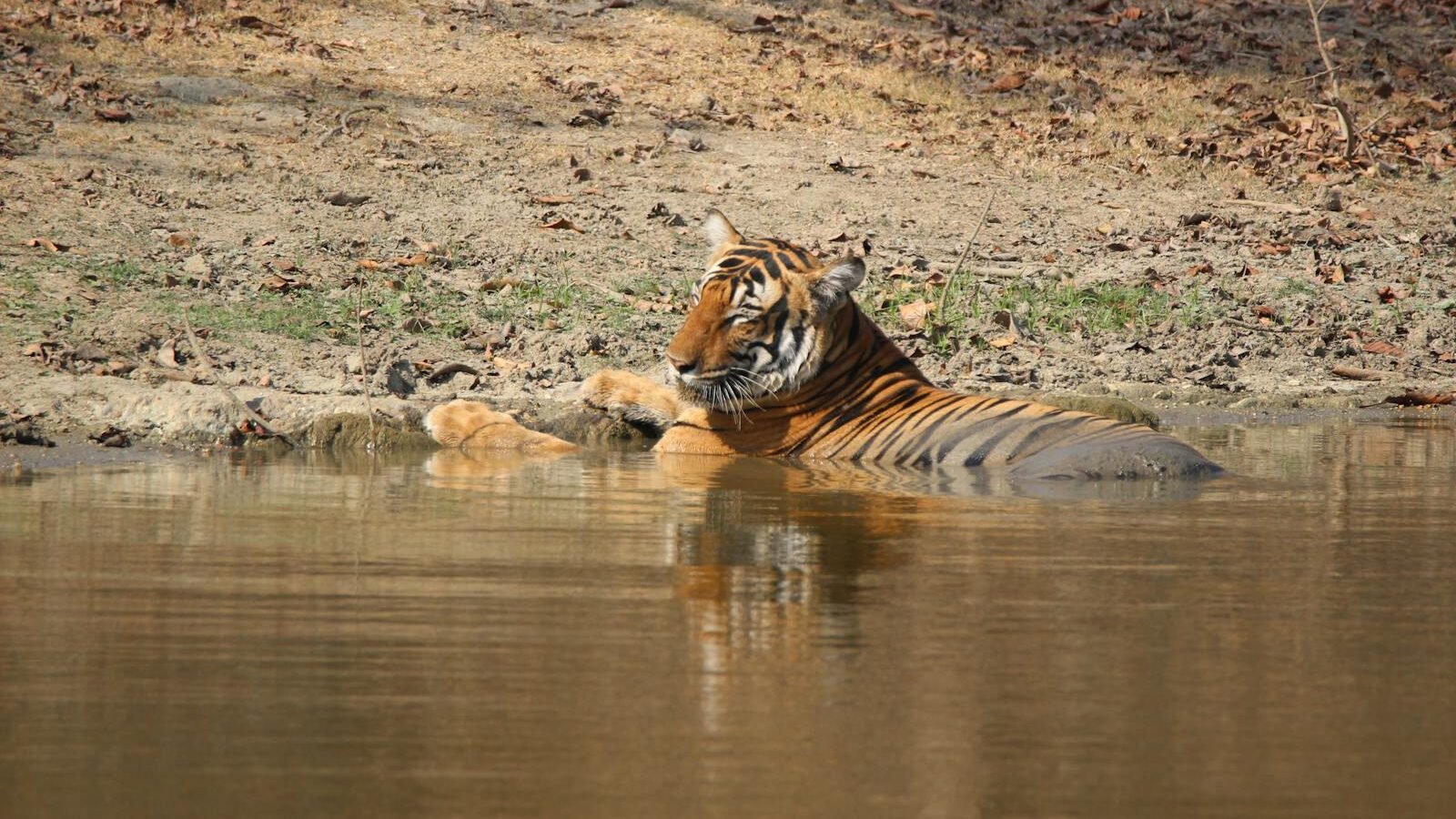
While known for their loud roars, big cats also use subtle vocalizations that often go unnoticed by human observers. These include purring, growling, and chuffing. Each sound, though quieter, carries specific meanings and functions in social bonding, warnings, or intimate communications between mother cats and their cubs.
Play and Social Interaction Signals
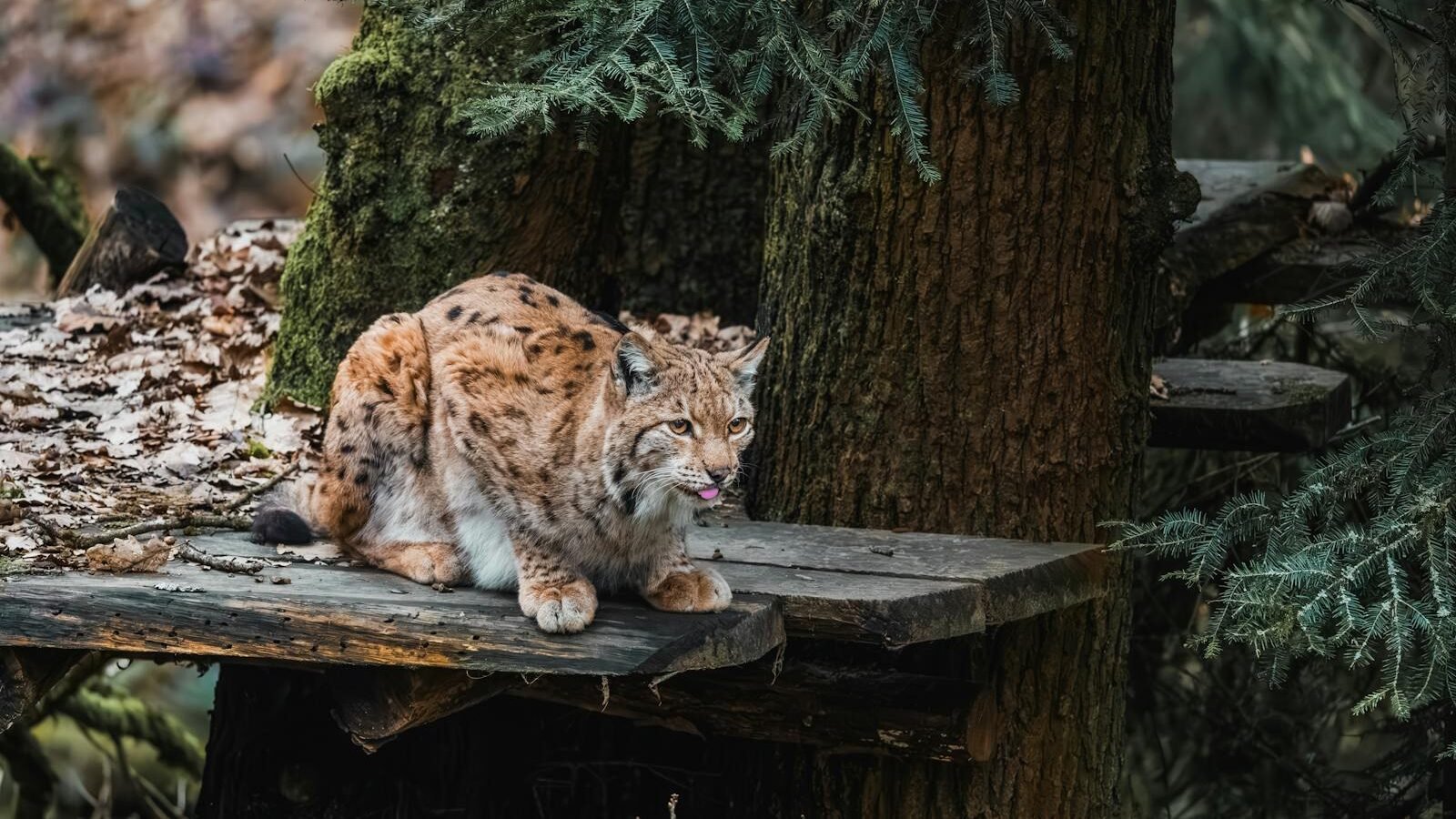
Play behaviors among big cats are crucial in both cub development and adult social interactions. Playful postures, gentle pawing, and mock wrestling serve as practice for hunting and fighting while strengthening social bonds. These activities are essential for preparing young cubs for survival and for maintaining cohesiveness in pride or group settings.
Impact on Conservation Efforts
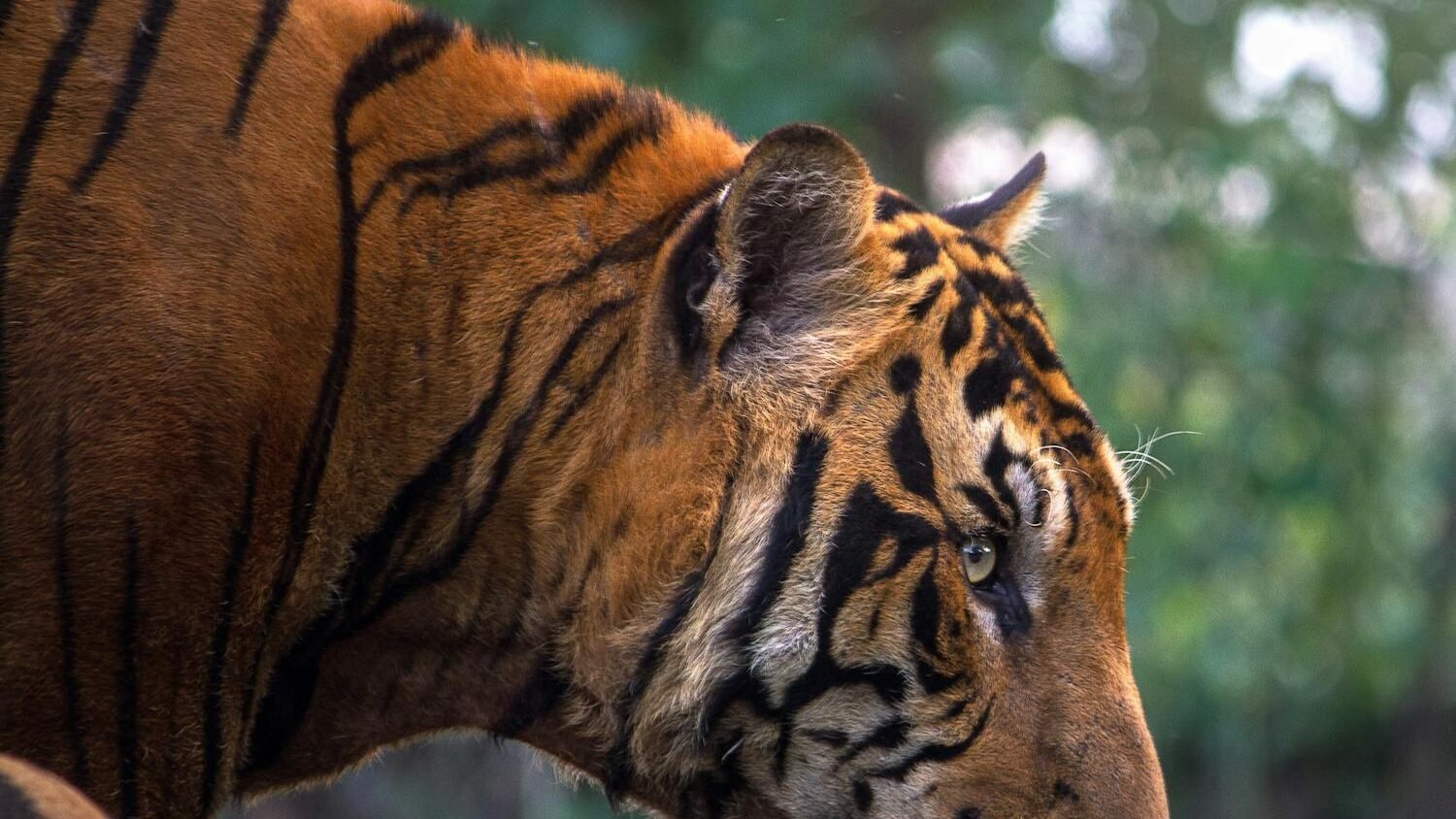
Understanding silent communication in big cats is invaluable for conservationists working to protect these majestic creatures. By learning to interpret their non-verbal cues, conservationists can better assess stress levels, social structures, and health conditions. This knowledge is pivotal in designing more effective conservation strategies and ensuring the continued survival of big cat populations in the wild.
Conclusion
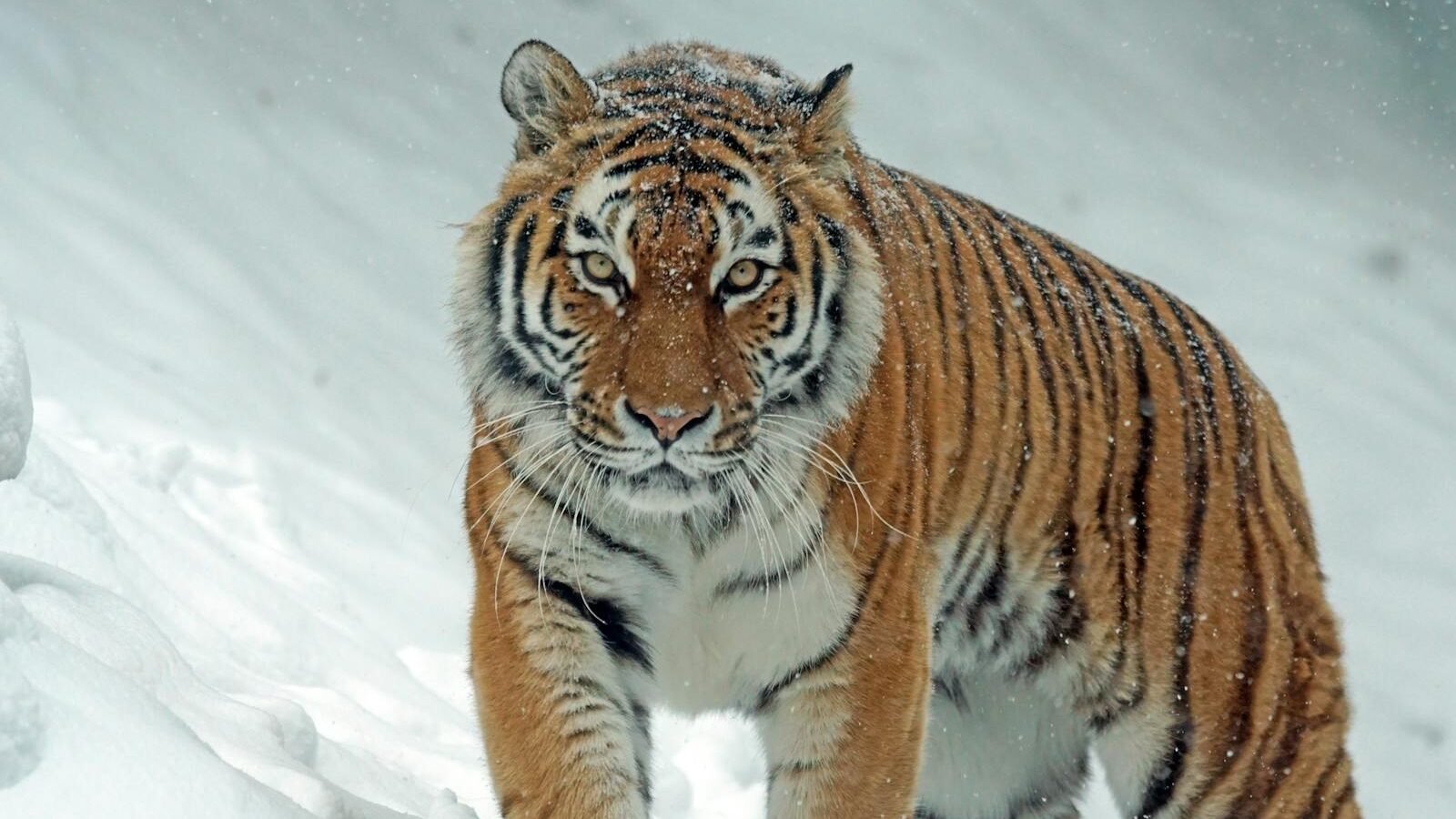
The silent communication of big cats is a crucial component of their behavior and ecological interactions. From intricate body language to sophisticated scent marking, these communication methods enable survival, social structures, and territory delineation. As we continue to study and understand these silent signals, we not only enrich our knowledge of big cat ecology but also enhance our ability to protect them in their natural habitats.

With over a decade of experience as a dedicated cat lover and enthusiast, I specialize in writing captivating content about all things feline. My expertise shines through in creating engaging and informative pieces that resonate with fellow cat lovers. As a proud cat parent to my beloved Duston, my personal connection to the world of cats adds authenticity and warmth to my work, making it relatable and heartfelt.

